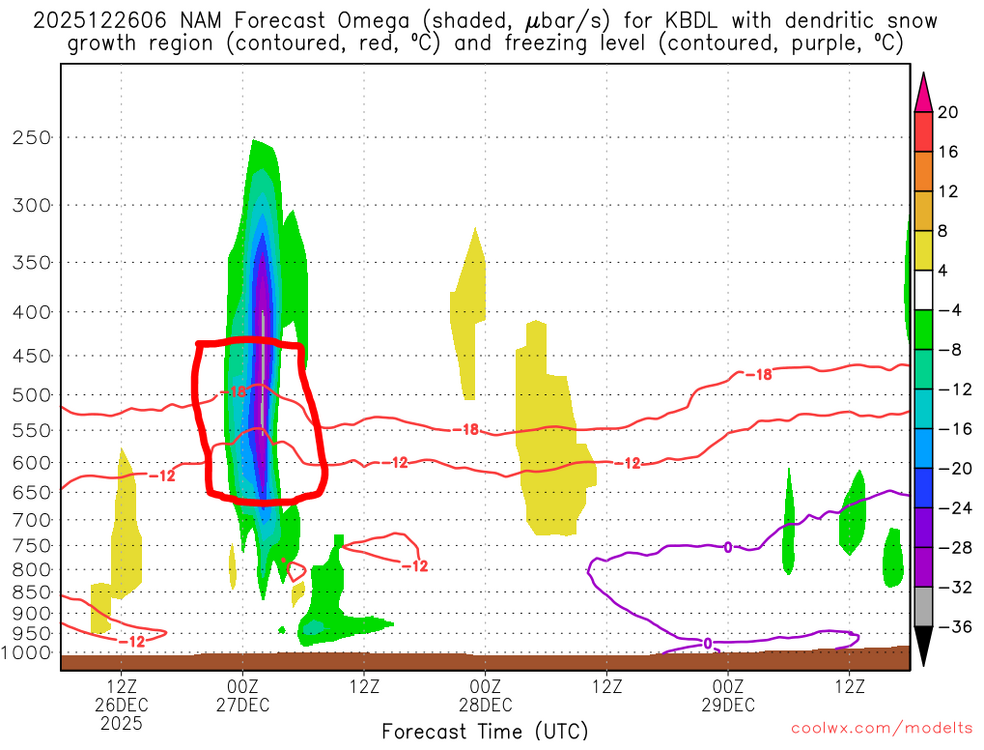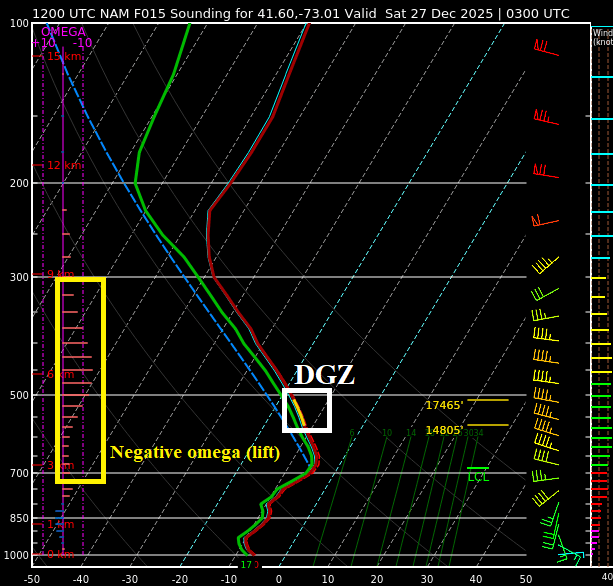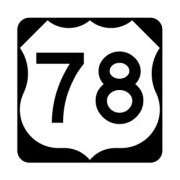All Activity
- Past hour
-

26th-27th event, coming at us like a wounded duck.
TalcottWx replied to Go Kart Mozart's topic in New England
I think 4-7" covers Kev and I well. I'd be surprised if either of us <4". Sure, I'm a little better positioned west of the river, but elevation should benefit him. I don't see cutoff being here. Maybe Steve to Will? -

26th-27th event, coming at us like a wounded duck.
weatherwiz replied to Go Kart Mozart's topic in New England
That is correct. When you see that signature that indicates strong upward vertical motion which will transport moisture into the DGZ and that's when you're most likely to get dendrites which accumulate efficiently. There are some other factors which need to be considered as well though. But here is an example from coolwx.com of the 6z NAM for BDL. This site is pretty cool if you don't have bufkit but you can see the maximum omega bisecting the DGZ Say you wanted to look for it on forecast soundings. What you would do is fine the DGZ (which is usually a colored as a yellow area on the temperature line) then on the left look at the omega (horizontal purple lines which indicate upward motion). The longer the lines, the stronger the lift and you want longer lines to match up to where the DGZ is. -

26th-27th event, coming at us like a wounded duck.
Damage In Tolland replied to Go Kart Mozart's topic in New England
Is that your final call? -
2010
-
Records: Highs: EWR: 66 (1982) NYC: 63 (1982) LGA: 62 (1982) JFK: 65 (1982) Lows: EWR: -1 (1980) NYC: 3 (1914) LGA: 5 (1980) JFK: 5 (1983) Historical: 1776 - George Washington crossed the ice clogged Delaware River. He marched on Trenton in the midst of snow and sleet thus surprising and capturing many of the British garrison. (David Ludlum) 1909: Philadelphia, PA had their biggest snowstorm up to that time with 21 inches falling. 12.5 inches fell on this day to establish a daily record. The Delaware state record was set when 24 inches fell. This was a severe coastal storm New England with record high tides. (Ref. AccWeather Weather History) 1933: A winter storm affected areas from the Mid Atlantic into New York. New York City picked up 10 inches while Gratersford, and Lakeville, PA received 9 inches and Baltimore, MD set a daily snowfall record with 4.4 inches. At least 50 people died and several hundred injured. (Ref. Wilson Wx. History ) 1934: Boston, Massachusetts recorded the highest average one minute wind velocity from the west at 73 mph for December. (Ref. NOAA Boston Weather Events) 1947 - New York City received a record 26.4 inches of snow in 24 hours, with as much as 32 inches reported in the suburbs. The heavy snow brought traffic to a standstill, and snow removal cost eight million dollars. Thirty thousand persons were called upon to remove the 100 million tons of snow. The storm claimed 27 lives. (26th-27th) (David Ludlum) 1983 - Miami, FL, established a December record with a morning low of 33 degrees. Just three days earlier, and again three days later, record warm temperatures were reported in Florida, with daytime highs in the 80s. (The National Weather Summary) 1987 - Freezing rain plagued parts of the south central U.S., from northwest Texas to southwestern Missouri. Southwestern Missouri was turned into a huge skating rink as roads became sheets of ice. Damage to tree limbs and power lines compared to a hundred tornadoes, and half of the city of Springfield was left without electricity for 24 hours. Snow, sleet and ice covered the northwest two thirds of Oklahoma. 75,000 homes were left without electricity as ice accumulated one to two inches in a 40-mile band from Duncan to Norman to Tulsa to Miami. 25,000 of those homes were still without power a week later. The storm claimed the lives of seven persons. (24th-27th) (The Weather Channel) (Storm Data) (The National Weather Summary) 1988 - Low pressure produced heavy snow from North Dakota to western sections of the Great Lakes Region, with up to fourteen inches reported in the Chicago area. Cold arctic air hovered over the Plateau Region. Temperatures in the Big Smokey Valley of Nevada plunged to 31 degrees below zero. (The National Weather Summary) 1989 - Strong northerly winds behind an arctic cold front produced snow squalls in the Great Lakes Region and dangerous wind chill temperatures in the northeastern U.S. Wind chill readings as cold as 40 degrees below zero were reported in New York State. (The National Weather Summary) (Storm Data) 2003 - A major snow storm in Utah caused several fatalities due to avalanches. As much as 2 ft of snow fell in parts of the state, particularly south of Salt Lake City. Three people that were seen snowboarding in the Aspen Grove recreational area have been presumed dead, all others managed to escape or be rescued (Reuters). 2004: A coastal storm system produced a narrow band of heavy snow across northeast North Carolina and southeast Virginia, including the Virginia Eastern Shore. Some of the more significant snowfall totals were at Tabb and Quinby, Virginia, where 14 inches fell, while between 12 and 13 of snow was reported at Eastville, Virginia and Newport News Virginia. The snowfall fell in a band so narrow that nary a flake fell in the Richmond and Tri-Cities areas. (Ref. Virginia Weather History) 2006: Severe snow and ice storm hit the Pacific Northwest. Trees and power lines fell under the weight of the ice. Over 160,000 residents of Portland, OR were without power at the height of the storm, including the airport, which was clogged with holiday travelers. Many flights were canceled in Seattle due to a thick coating of ice on the planes. The precipitation started as snow in Seattle and up to 7 inches fell before it changed over to freezing rain. A moist Pacific flow from the southwest flowing over a shallow layer of cold air being brought in by north winds at the surface resulted snow and freezing rain. (Ref. AccWeather Weather History) 2010 : Boxing Day Blizzard.
-
26th-27th event, coming at us like a wounded duck.
Typhoon Tip replied to Go Kart Mozart's topic in New England
Hmm a lot of "users" in this "psychotropic crack-house" are not constrained by negations such as the bold ^ ... because it gets in the way of their high. LOL Seriously ... if there were more willingness to objectivity, sans the most jerked off solution, that obvious and true aspect about the NAM would be elaborated upon by more people that just you and I and one or two randoms. But that's not what this engagement's all about. -
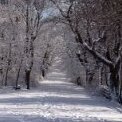
2025-2026 New England Snow Recordkeeping Thread
bristolri_wx replied to bristolri_wx's topic in New England
Noticed some reporters are still at 0.00 @Torch Tiger, @moneypitmike, @CoastalWx, @40/70 Benchmark, @HoarfrostHubb, @SouthCoastMA let me know if there are problems with using your submission form (if that's what's preventing the reporting). -
Of course you do. Not hugging the nam today? Other models that show more have been just as consistent. Also ratios will be in the 13-15:1 range in northern sections. Many areas will see 6-8.
-

26th-27th event, coming at us like a wounded duck.
Baroclinic Zone replied to Go Kart Mozart's topic in New England
Weak psyche -
https://weather.cod.edu/satrad/nexrad/?parms=DIX-N0C-1-24-100-usa-rad https://weather.cod.edu/satrad/nexrad/index.php?parms=OKX-N0C-1-24-100-usa-rad Save for later
-
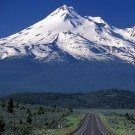
Central PA Winter 25/26 Discussion and Obs
Mount Joy Snowman replied to MAG5035's topic in Upstate New York/Pennsylvania
It's certainly possible, and if that does end up being the case it will likely be due to lack of qpf more than anything else. Additionally, the worst of the conditions may hold off until much later in the evening after people are done running around, which would add to the perceived flop. I still think conditions will be treacherous for a time tonight, but it may be late enough to not cause serious problems. We shall see. -

26th-27th event, coming at us like a wounded duck.
TauntonBlizzard2013 replied to Go Kart Mozart's topic in New England
3” would be nice -

26th-27th event, coming at us like a wounded duck.
CoastalWx replied to Go Kart Mozart's topic in New England
3-6 for you. -

26th-27th event, coming at us like a wounded duck.
Damage In Tolland replied to Go Kart Mozart's topic in New England
He purposely cut it off right on TOL line . Has 3-6 here . He’s admitted in past sometimes he purposely does it -
Agree. A global temperature average with an 11-year running mean takes out almost all the variability due to: weather, enso, solar, and volcanoes.
-
23 / 7 cloudy. Snow / mix later (much discussed). A mostly cloudy weekend staying near freezing Saturday before warming both Sun - Mon (monday could get to the upper 40s/low 50s but breezy). Colder by the 30 - 4th (very cold New Years day) with the next storm threats between that period. Some moderation towards normal after the 4th but appears a bit of back and forth overall.
-
Yes, new NAM caved, and now has whole of NYC region in 5"+
-

26th-27th event, coming at us like a wounded duck.
Baroclinic Zone replied to Go Kart Mozart's topic in New England
Most models spitting out around 0.3 here around Foxborough area. Think we lose some of that to saturation, but think ratios will be pretty good with the 700mb fronto push through the area. Think 2-4” is on the table. -
Interesting quote from MammothSnowman after a very rough start to their season(uncharacteristically no snow in much of the Sierra Nevada)... Storm Summary as of Christmas afternoon, the snow study site showed 4.66 inches of water content at 6 AM, and at 2:30 PM, the gauge is at 6.07 inches with 14.7 inches of new snow today. Snowfall Storm Total amounts at the snow study site are an estimated 65 inches. Adding the 30% adjustment for the Top, the Powder Fields of Mammoth would now have received over 79.5 inches of fresh snow. The Christmas Miracle Storm has come through with tons of base snow, and the season is saved at the last bell. Amazing…
-
26th-27th event, coming at us like a wounded duck.
Go Kart Mozart replied to Go Kart Mozart's topic in New England
Wiz, I gather that the "crosshair" indicates rapid lift through the DGZ. What am I looking for on a skew-T to see that? -
Central PA Winter 25/26 Discussion and Obs
Blizzard of 93 replied to MAG5035's topic in Upstate New York/Pennsylvania
Additionally, most of us are slightly above normal snow for the season to date as well. -
You know its not good when we are relying on the JMA seasonal.. Now that Christmas is over, lets get real about the pattern. It's pretty obvious we are punting until at least January 10. Its not a torch but more of a wash rinse repeat of cutter, brief cool down, warm up, rain. Most seasoned mets and long range forecasts are pointing to the period of January 12-20 for our next real shot of snow. Will that materialize? Who knows but we are about to start wasting prime climo. I don't see a January 2022 repeat next month. Maybe we get a week or 2 period but 2022 was cold for most of the month with multiple snows in different parts of the state.
-

26th-27th event, coming at us like a wounded duck.
bristolri_wx replied to Go Kart Mozart's topic in New England
The NAM has been having trouble with this one. There are always a few storms every season where the NAM is totally out to lunch even when close to the start time. Hard to discount the GFS+Euro+HRRR all looking very similar overall... -
EPS says bye bye Aleutian Ridge
-
Good trends this morning for those of us in Central NJ. No matter how long I'm at this, I STILL underestimate how much things can change at the (relatively) last minute...I was feeling pretty discouraged last night (I'm in southern Middlesex, near the Monmouth border). At this point, I wouldn't be surprised if I get an inch of sleety slop and also wouldn't be surprised if I get six inches of snow.

